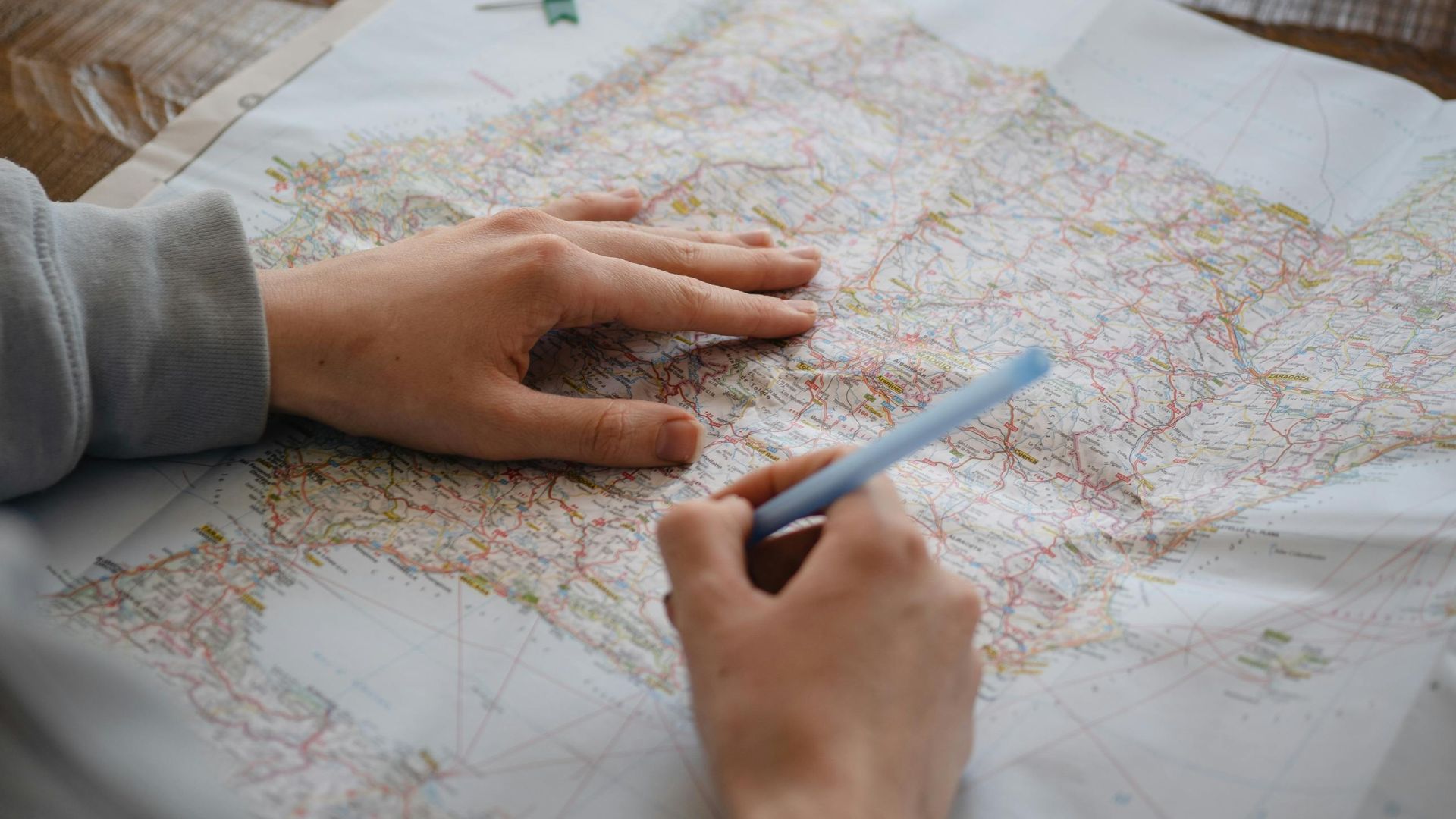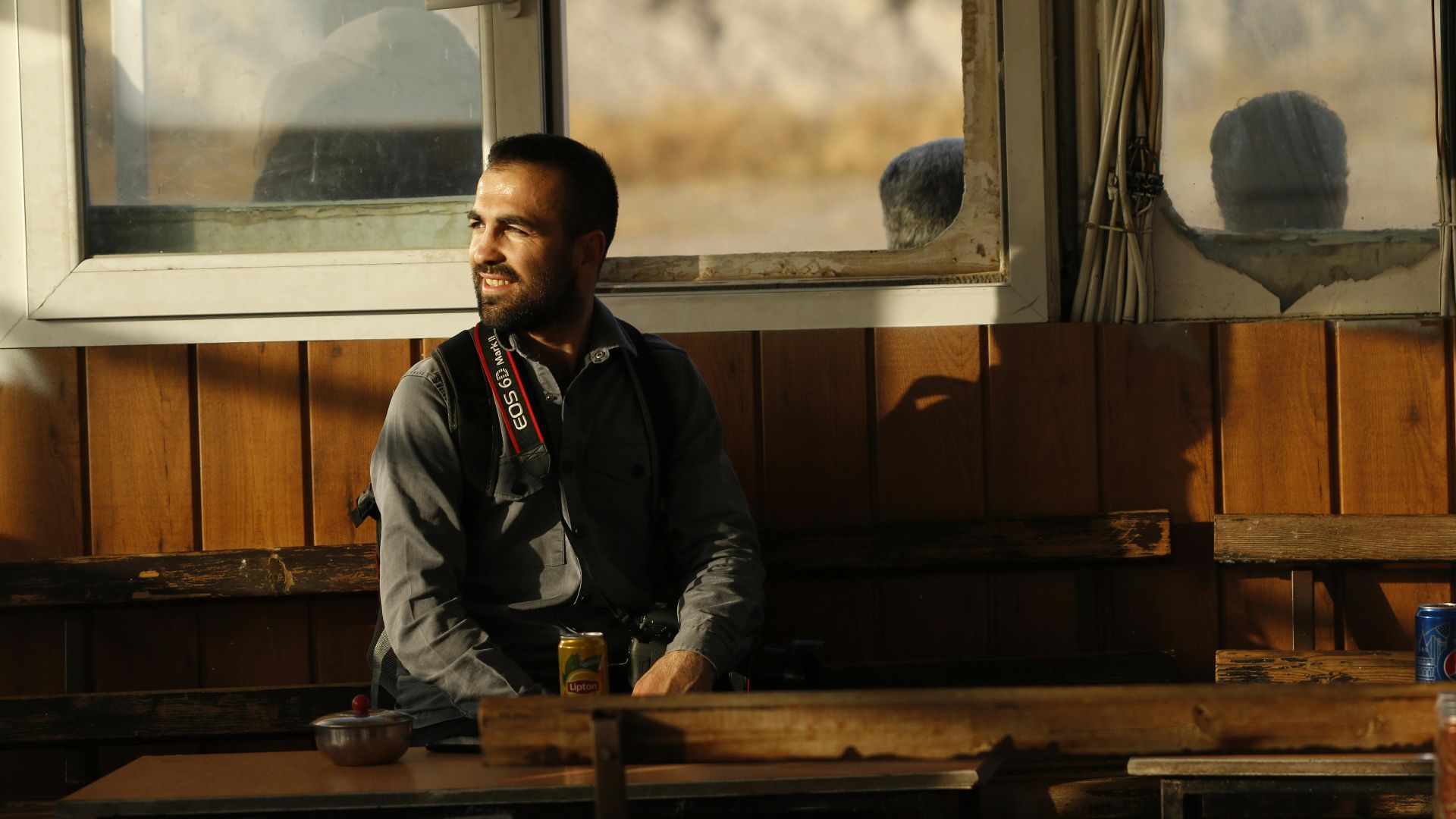The Secret To Planning The Best Trips
Planning a trip can feel exciting, but it’s easy to get lost in all the details. A thoughtful itinerary doesn’t need to be complicated—it just needs the right balance of structure and flexibility. With a few smart choices, you can shape travel days that are smooth, enjoyable, and stress-free while fitting in everything you want to do or see. These 20 tips will help you make the most of your trip. Want to learn how? Keep reading.
1. Define Your Travel Goals Upfront
Your travel goals shape every aspect of planning, from choosing destinations to scheduling activities. If you don’t know where to start, you can get inspiration from travel documentaries and blogs. Also, deciding between adventure and relaxation helps direct your choices.
2. Set A Realistic Trip Duration
Smart travelers know that overestimating stamina can lead to travel burnout. Therefore, deciding how many nights to spend in each destination is needed for balance. The total trip duration should reflect your interests—some cities need just two nights, while others may require six.
3. Prioritize Must-See Destinations
Your top destinations shape the heart of any great trip. You can mark key locations with asterisks to streamline the planning process. A well-crafted must-see list also helps distribute time effectively across your priority attractions.
4. Group Attractions By Location
Color-coded notes help distinguish various attraction types across your destination. By dividing the city into districts or quadrants, daily planning flows naturally. Google Maps pins create visual clusters, and this organized approach minimizes travel time between each stop.
5. Factor In Travel Times Between Stops
Realistic scheduling starts with understanding travel times between locations. Check transportation options to prevent booking conflicts, and use apps like Rome2Rio to map out every possible route. Travel time affects how many activities you can actually fit into each day.
6. Include Buffer Days Or Half-Days
Your schedule needs breathing room to truly shine. Buffer days handle unexpected delays gracefully, while half-days provide chances for rest. Plus, these flexible periods often lead to memorable adventures and allow time to explore newly discovered attractions.
7. Balance Activity Types
A well-crafted itinerary blends different types of activities, such as museums, parks, markets, and local experiences. When you alternate sightseeing, cultural, shopping, and food experiences, you enjoy variety. Mixing active, cultural, and relaxing activities prevents burnout.
 🇻🇳🇻🇳Nguyễn Tiến Thịnh 🇻🇳🇻🇳 on Pexels
🇻🇳🇻🇳Nguyễn Tiến Thịnh 🇻🇳🇻🇳 on Pexels
8. Research Local Events And Festivals
Researching local events and festivals reveals unique cultural experiences unavailable year-round. Also, since local festivals can affect attraction schedules or cause closures, smart planning requires checking event calendars. Not surprisingly, some travelers even plan entire trips around famous local events.
9. Check Opening Hours And Closure Days
Your precious vacation time deserves protection. Verify opening hours to prevent wasted trips to closed attractions, especially since some spots stay closed on specific days. Not all attractions follow standard hours, and double-checking schedules helps avoid disappointment during your visit.
10. Pre-Book Popular Activities
Busy tourist sites can mean hours of waiting in line, but pre-booking helps avoid these delays. Advance reservations secure spots for high-demand experiences that regularly sell out. Plus, pre-booking activities allows you to structure your itinerary around confirmed times.
11. Plan Around Peak And Off-Peak Hours
Smart travelers schedule visits to popular sites during early morning or late afternoon to avoid crowds and enjoy a more relaxed experience. Peak times may require advance reservations or adjusted schedules. Some museums even offer extended or special hours for quieter visits.
12. Use A Day-By-Day Itinerary Structure
Your travel schedule becomes more manageable through daily organization. If you create a calendar for each day, it can help spot gaps for unplanned adventures. Also, organizing your trip by day helps visualize the flow and timing of activities.
 Photo By: Kaboompics.com on Pexels
Photo By: Kaboompics.com on Pexels
13. Include Downtime For Meals
The best travel memories often happen during meal breaks. By scheduling pauses to sample local cuisine, travelers gain authentic cultural immersion. These breaks prevent fatigue, too, and dedicated food experiences like tours or notable restaurants add richness to any itinerary.
14. Align Itinerary With Personal Energy Levels
Effective itineraries respect your body's natural rhythms. Plan your daily activities around when you feel most energetic, for example, morning excursions for early risers. You can schedule relaxing activities after arrival, and save low-key experiences for natural energy dips.
15. Consider Weather And Seasonal Conditions
The success of outdoor activities hinges on local weather conditions. Many attractions follow seasonal schedules, therefore requiring backup plans. Rainy days naturally steer travelers toward indoor cultural experiences, and seasonal festivals provide unique entertainment options worth planning around.
16. Build Itineraries Around Anchor Accommodations
A central accommodation spot serves as your trip's foundation. Plot this anchor point on a map first, then add nearby attractions and activities to minimize travel time. Some travelers rely on Google Maps to visualize proximity to restaurants and sights.
17. Mix Iconic Sites With Hidden Gems
Social media reveals local secrets that complement major landmarks perfectly. Also, through travel blogs and personal stories, you discover unique experiences beyond guidebooks. Venture off typical tourist routes and you get rich memories that last a lifetime.
18. Add Alternative Backup Options
The best travelers plan for the unexpected by adding backup attractions. Having backup plans ensures your flow continues if things change, and indoor alternatives protect against weather disruptions. Include backup options to adapt quickly and make the most of your trip.
 Photo By: Kaboompics.com on Pexels
Photo By: Kaboompics.com on Pexels
19. Leave Room For Spontaneous Exploration
Spontaneous exploration can lead to unique local encounters and friendships during your travels. By keeping parts of your schedule flexible, you'll create space for unexpected discoveries. Over-scheduling can mean missing out, but loose itineraries allow for those memorable moments to unfold naturally.
20. Review And Refine Itinerary Before Departure
Your pre-trip review serves multiple purposes. A thorough check can help you spot better routes and optimize timing even more. It also ensures all bookings are properly arranged. And reviewing details like prices and logistics prevents common travel mishaps.

























